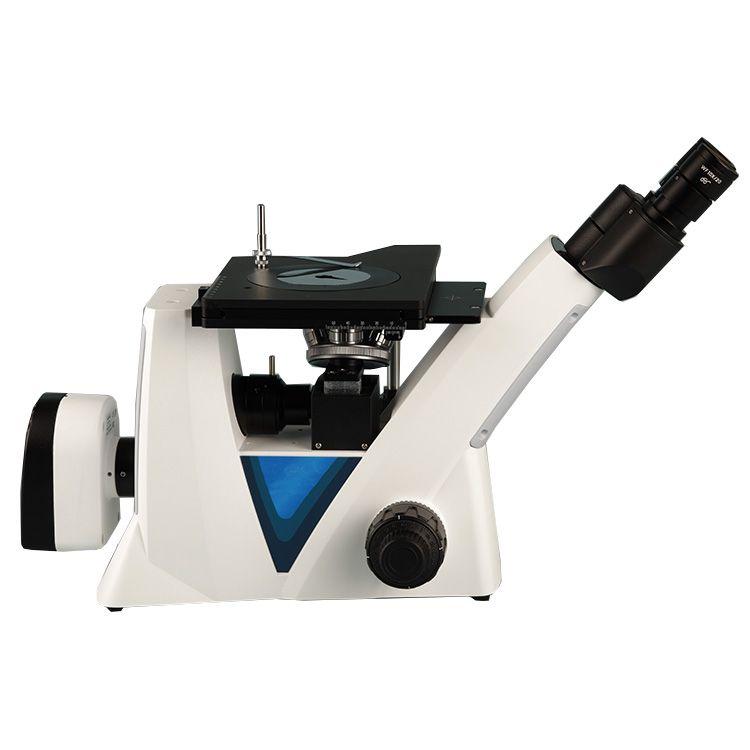What Are the Main Components of a Metallurgical Microscope?

An advanced kind of microscope called a metallurgical microscope is used to look at the microstructure of metals and other materials. Metallurgical microscopes are frequently used in academic and commercial contexts to examine the characteristics of materials, including their grain size, phase composition, and faults. There are main components of a metallurgical microscope.
Optical system: A metallurgical microscope's eyepiece lens, objective lens, and relay lens make up its optical system. The lens that the user uses to see the specimen is called the eyepiece lens. The magnifying lens that is closest to the specimen is called the objective lens. The relay lens transmits the picture from the objective lens to the eyepiece lens while being situated between them.
Illumination system: A metallurgical microscope's lighting system is made up of a light source, condenser, and diaphragm. The light that lights the specimen comes from the light source. The light from the light source is focused onto the specimen by the condenser. The diaphragm regulates how much light flows through the condenser.
Mechanical system: A metallurgical microscope's base, stage, and focusing mechanism make up its mechanical system. The base serves as the microscope's support system. The specimen is set out on the stage for examination. The user can focus the image of the specimen using the focusing mechanism.
Digital camera: A metallurgical microscope can be equipped with a digital camera to take pictures of specimens. For the sake of documentation or analysis, this can be helpful.
Computer software: A metallurgical microscope's images can be examined using computer software. This software can be used to count the number of inclusions or measure the size of grains in specimens.
Heating/cooling stage: While being examined, specimens can be heated or cooled in a heating/cooling stage. The effects of temperature on the microstructure of materials can be studied using this.
High-resolution images of the microstructure of materials are created by a metallurgical microscope's primary elements working in concert. These pictures can be employed for material property research and flaw detection. Anyone who works with materials should have access to metallurgical microscopes.
- Art
- Causes
- Crafts
- Dance
- Drinks
- Film
- Fitness
- Food
- Jogos
- Gardening
- Health
- Início
- Literature
- Music
- Networking
- Outro
- Party
- Religion
- Shopping
- Sports
- Theater
- Wellness


